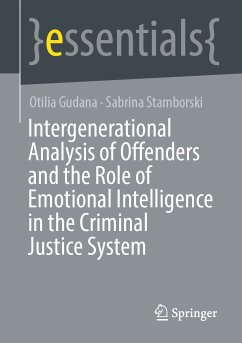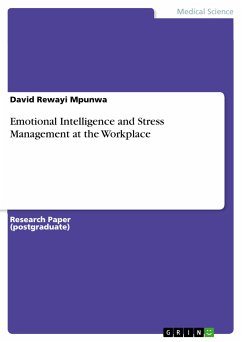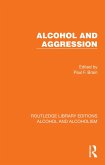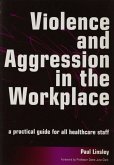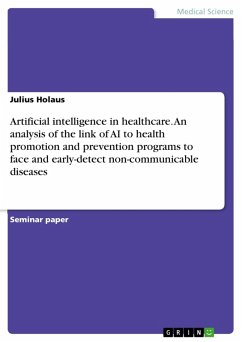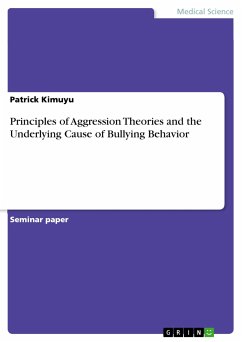In 1996, violence was declared and identified as a global health problem. The risk of homicide and suicide reached epidemic proportions and affected specific population groups, including youths and members of minority groups. The suicide rates among adolescents and young adults (ages 15 to 24) nearly tripled between 1950 and 1990. Similarly, the homicide rates among males aged 15 to 19 almost doubled from 1985 to 1991. These trends raised global alarm and demanded new solutions. The motivation behind this book was to compare the level of emotional intelligence of criminals in prisons and forensic psychiatric facilities. The main objective of this analysis is to focus on recommendations for emotional intelligence training to reduce the epidemic rates of violence among inmates on a global level.
Bitte wählen Sie Ihr Anliegen aus.
Rechnungen
Retourenschein anfordern
Bestellstatus
Storno

